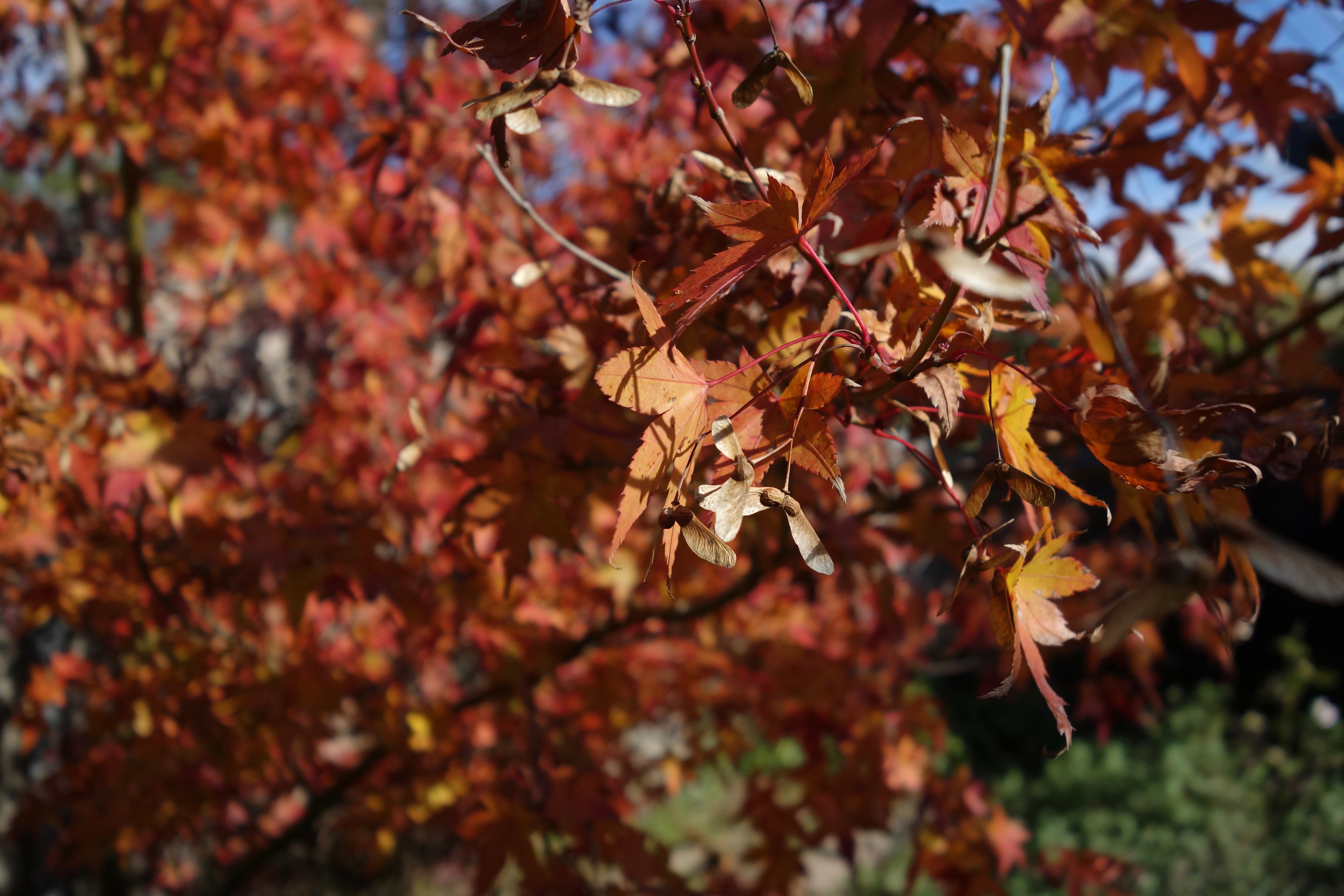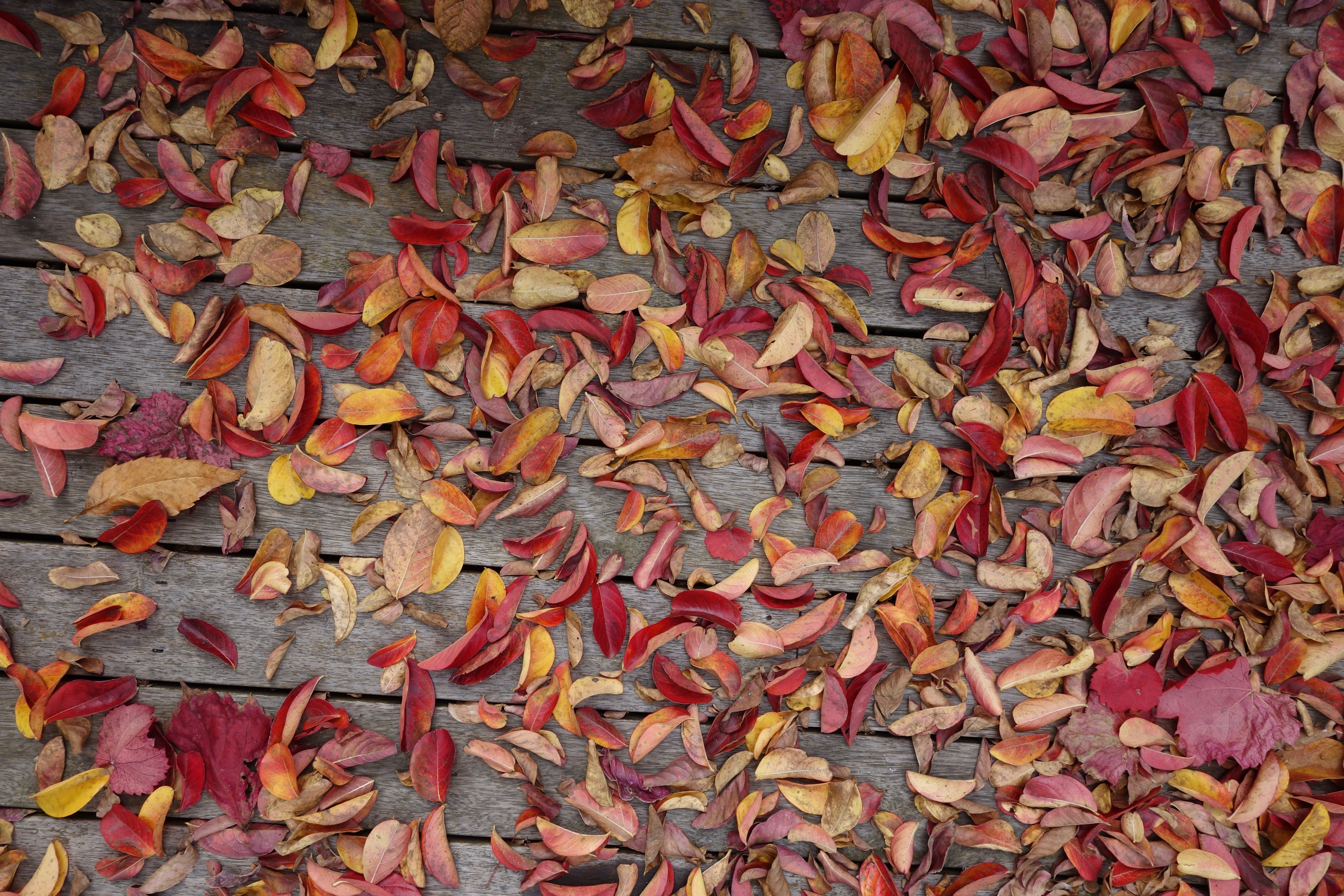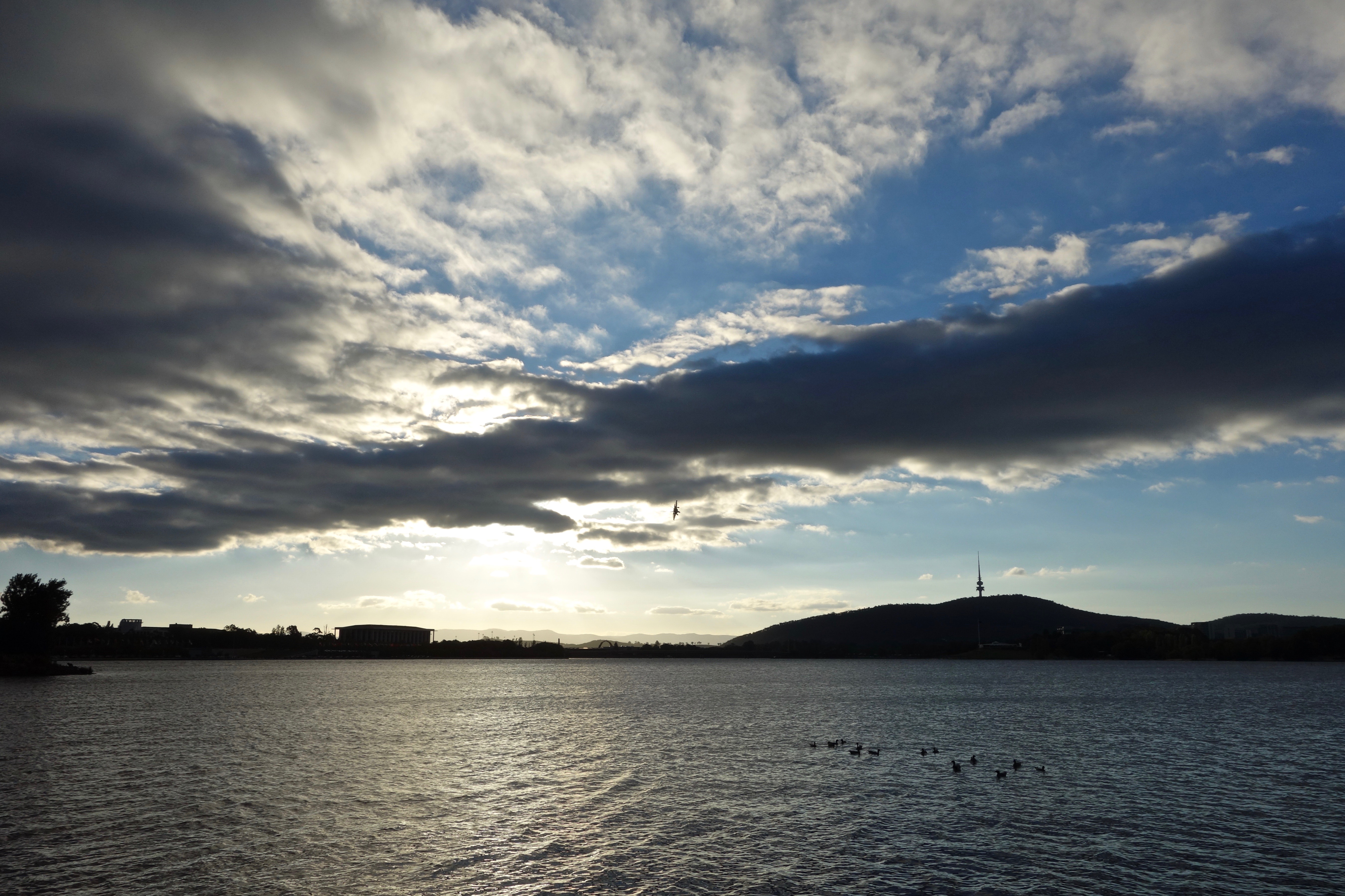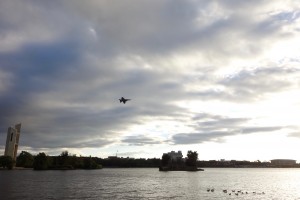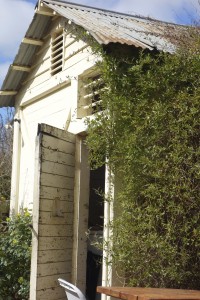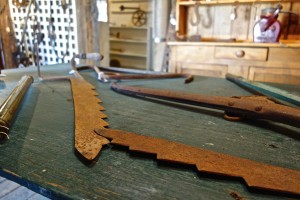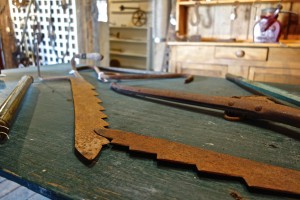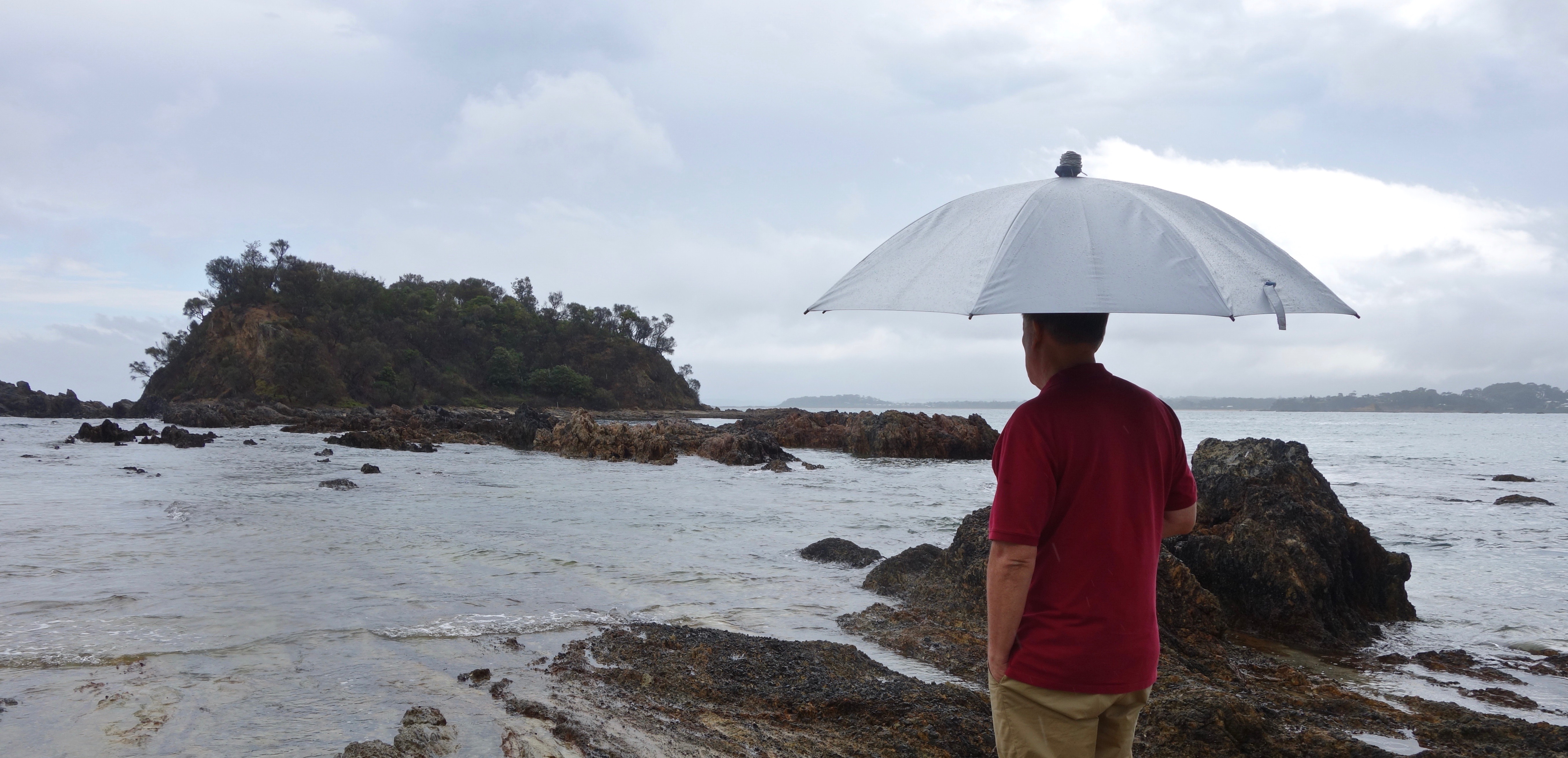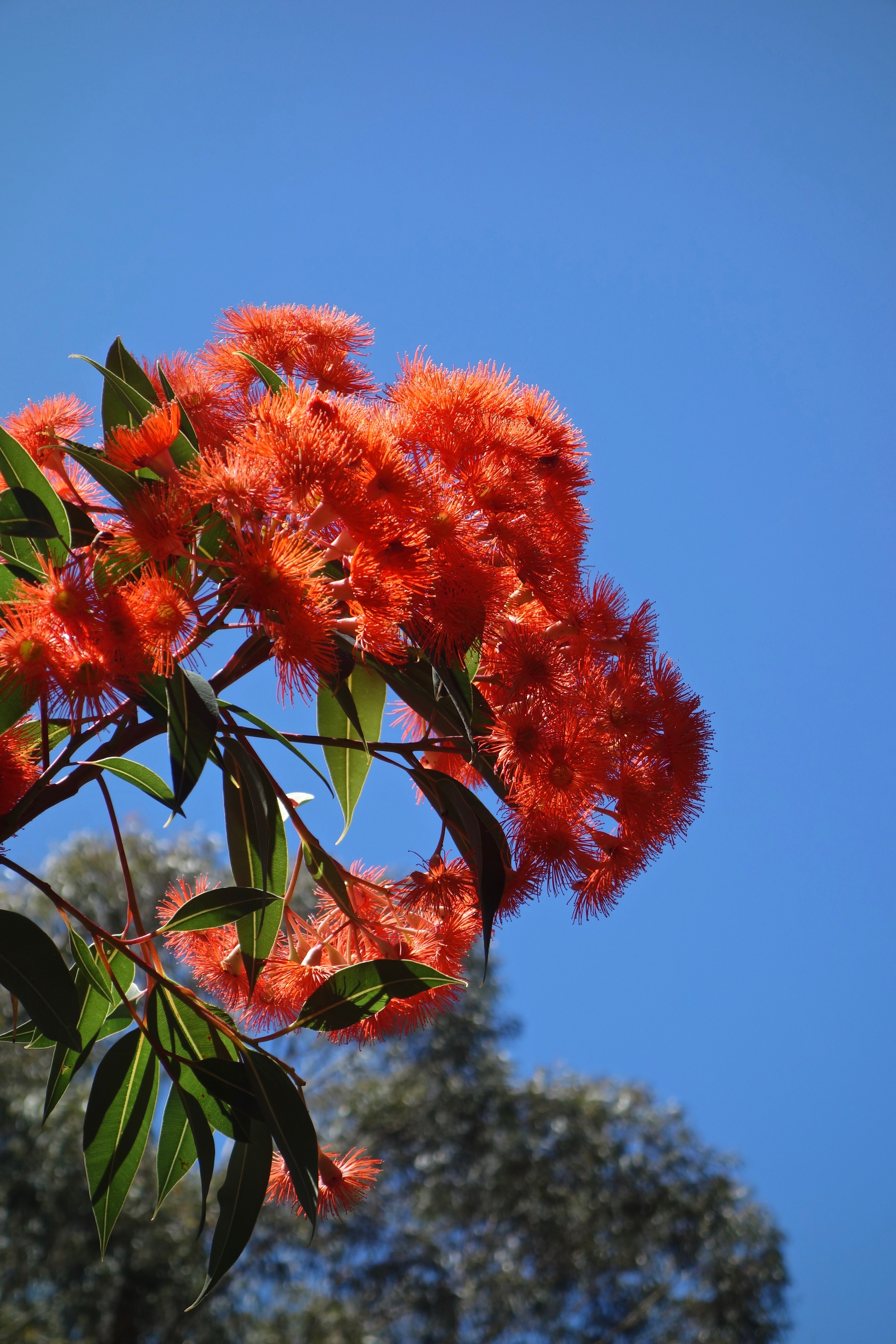May in Canberra.
I could show you the maple tree in my back garden, every one of its leaves orange, and little helicopter seedpods hanging here and there.
I could show you two learner sailboats trying to make their way across Lake Burley Griffin in a total absence of breeze under a perfect blue sky.
I could show you the view across the lake to Parliament House with orderly plantings of trees turning red and yellow amid the green pines on the foreshore.
But this shot sums up May in Canberra. The sky is blue, the sun is still warm if you’re directly under it, but the air is cold in the shade. Cold in our houses. Canberra has a reputation for cold houses. So at lunchtime today I went out to sit on our back deck in the full sun – absolutely delightful. But my poor neighbours, their house catches no sun front or back. They had two options: turn on the heating or sit on the roof.
Is it comfortable up there, I asked. No, they said, but the view is great.

Cardinal Guzman’s ‘Changing Seasons’ challenge: check it out for more seasonal photos from bloggers.

